
[Giveaway] VisionTek USB 3.0 512GB Pocket SSD -- enter to win! [Update]
Nowadays, everyone seems to be obsessed with cloud storage. While there is nothing wrong with utilizing the aforementioned storage option, it should never be your only method. In other words, redundancy is key -- a local backup of your files in addition is very wise.
When it comes to local backups, there are many directions to take, such as a mechanical hard drive. Unfortunately, hard drives have moving parts, are audible, and can be fairly large. Solid state drives are a great choice for storage, and today, we are giving away a USB 3.0 variant.
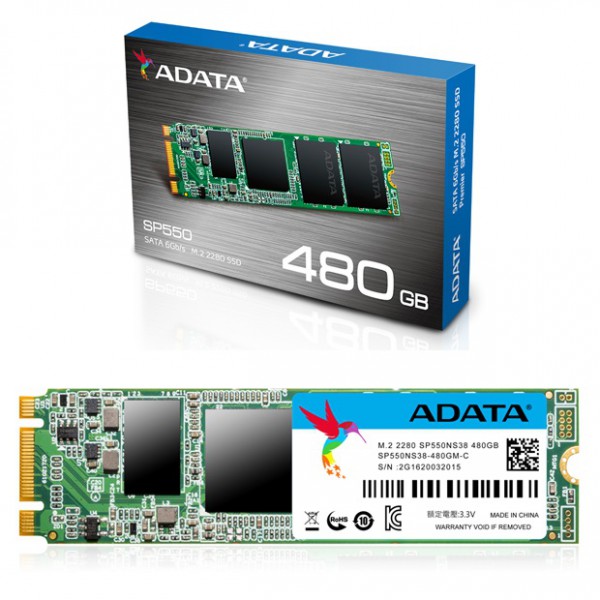
ADATA announces Premier SP550 M.2 2280 SATA SSD
While 2.5 inch SSDs were once viewed as cutting edge technology, they are now seen as being old and bulky. Instead, M.2 variants are all the rage. The slim design makes them ideal for Ultrabooks, as it can contribute to an overall lighter and thinner machine. Heck, M.2 is great on desktops too, as more and more motherboards come with the needed slot.
Not all M.2 drives are created equally, however. You see, there are models that use SATA and others that use PCIe NVMe. While the latter is faster, it is also more expensive. Not to mention, not every machine has NVMe compatibility. Today, ADATA announces an SATA M.2 SSD, called the Premier SP550 2280.
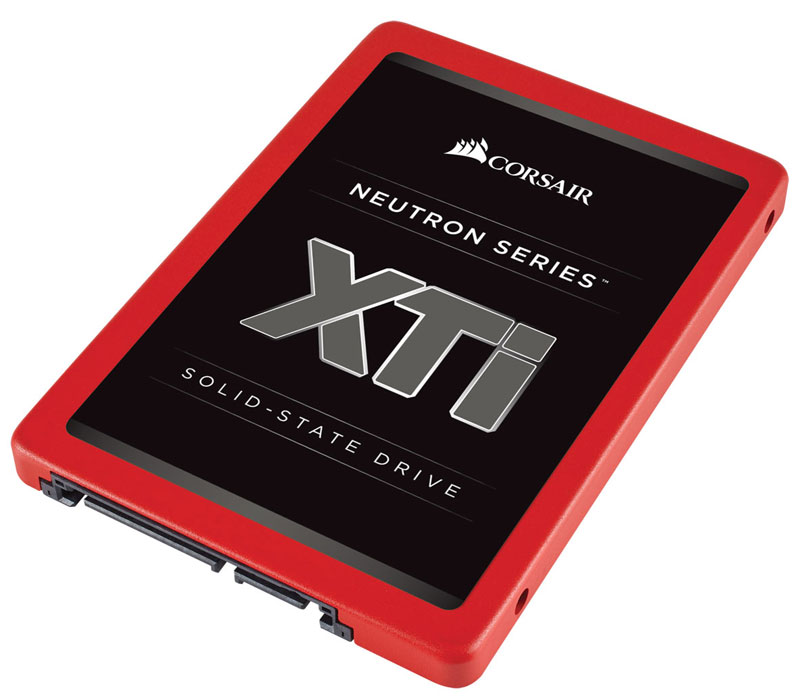
CORSAIR unveils Neutron Series XTi SATA SSD with capacities up to 1,920GB
While warm weather is finally here, and many of our days will soon be filled with outdoor activities, the sunshine and fresh air can get a bit tedious. As a computer nerd, I like to balance my trips to the beach with both gaming sessions and PC builds in my dingy basement.
If you are planning to build a new PC this summer -- or upgrade your existing machine -- there are a lot of amazing new components available. As a prime example, today, CORSAIR announces its new Neutron Series XTi line of solid state drives. Since it uses a traditional SATA interface, compatibility is high, but speeds are lower than the newer NVMe offerings. The really cool aspect, however, is the monstrous top capacity of 1,920GB -- damn near 2TB!
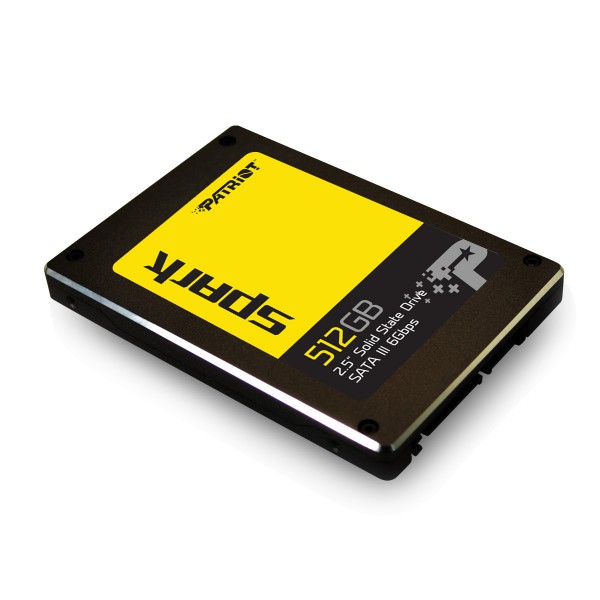
Patriot 'Spark' 512GB SSD will only cost $105!
As a system builder, I am constantly trawling the web for good deals on components. I am a fairly cost-conscious person; spending $1700 on any processor is not something I would ever do -- value is what I target. Actually, this weekend I will be doing a budget build with an AMD Athlon X4 845 which sells for less than $70, but I digress.
Patriot is a company that makes excellent memory-based products, like RAM, flash drives, and SSDs to name a few. While its offerings are usually priced competitively, its newest product takes affordability to a new level. The all-new Spark SSD will be available in a 512GB capacity for a super-low $105!

Expect to lose data when your SSD fails
As more people are switching from HDDs (hard disk drives) to SSDs (solid state drives), more data loss is occurring, a new report by Kroll Ontrack suggests.
SSD disks might be solid in their state, but don’t seem to be more reliable than HDD disks. Still, it doesn’t stop their popularity growth. Out of 2,000 global respondents to the Kroll Ontrack survey, 92 percent are using SSD technology, with more than a third (38 percent) having experienced an SSD failure. Of those failed disks, almost a quarter (23 percent) lost data.
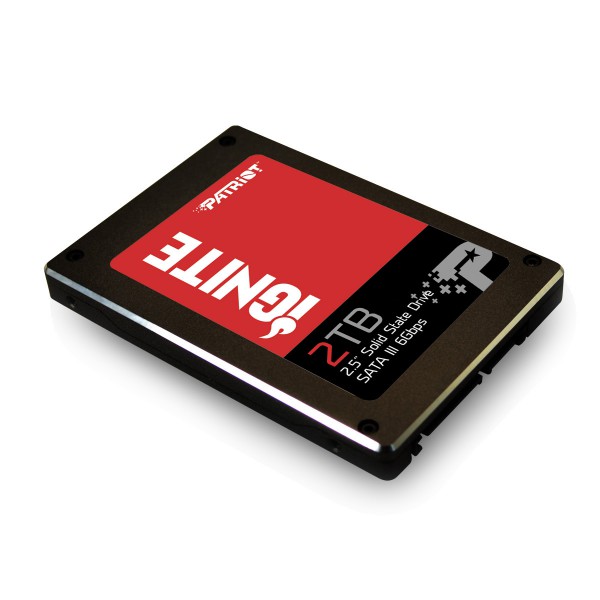
Patriot unveils 2TB Ignite SATA SSD
One of the things keeping hard disk drives relevant is the price to gigabyte ratio. While an SSD offers great performance as an OS drive, their often small capacities can make them a poor choice for storage -- depending on needs, of course. While there are larger capacity SSD offerings, they are often too expensive for the average consumer to afford.
Today, Patriot announces a new addition to its SATA-based "Ignite" line of solid state drives. The new member of the family has a wonderfully large 2TB capacity, which could make SSD-based consumer storage a reality. Well, depending on pricing, that is.
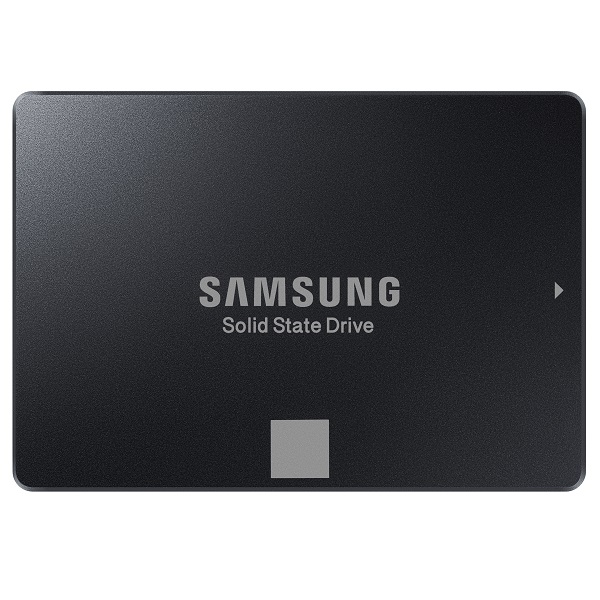
Samsung 750 EVO SATA SSD gains wider availability and 500GB capacity option
When you are either building a desktop or upgrading a laptop, one of the first things you should focus on is the SSD. This drive will hold your precious data -- it is not the component where you should try and save money. Even if it costs a bit more, it is totally worth spending on a reliable brand.
For solid state drives, Samsung is one of the best such brands. While its drives can be a bit pricey, you get what you pay for. Today, that company announces that the budget-focused 750 EVO SSD is gaining a 500GB option to go along with 120GB and 250GB. Even better, the SATA drive is getting wider availability starting in June. Yes, the SSD is leaving the confines of emerging markets and heading to major ones, such as the USA, China, Europe, and Korea.

Toshiba announces ultra-fast OCZ RD400 NVMe PCIe SSD with up to 1TB capacity
If you are still using a SATA SSD, you probably think your drive is fast. Yeah, compared to an old-school mechanical hard drive it is. However, the future of computing is all about NVMe PCIe drives. These solid state drive variants break past the SATA barrier, delivering amazing performance that older SSDs can't match.
Today, Toshiba announces the ultra-fast OCZ RD400 NVMe PCIe SSD. This drive offers insane read and write speeds, making it a wise choice for both gamers and PC enthusiasts alike.

SanDisk unveils 2.5-inch SATA Z410 SSD
Solid state drives are quite mature and ubiquitous nowadays -- the technology is no longer cutting edge. While some computers still ship with slow mechanical hard disk drives, SSDs are now largely the default option.
SATA based drives are slow compared to newer NVMe PCIe variants, but still more than fast enough for most consumers. These 2.5-inch SATA drives are often less expensive too, making them a wise option for OEMs looking to build low or medium-cost laptops. Now, SanDisk announces the Z410 -- a drop-in solution for manufacturers, featuring a capacity of up to 480GB.

What you need to know about erasing SSDs
Until recently, hard disk drives prevailed as the dominant storage device on desktop computers, laptops, smartphones, tablets, servers, and data centers. But thanks to the drop in price for solid state drives (SSD), that has changed. SSDs are more popular among both individual users and businesses. But for all of the advantages, they also possess unique traits that present some difficulties in wiping data from them.
Unfortunately, knowledge of the proper solid state drive erasure methods has not been anywhere near as fast or as ubiquitous as the SSD adoption rate. So you will often see methods that are assumed to be reliable -- such as reformatting and factory resets -- being performed on solid state drives. But that doesn’t mean it’s impossible to properly erase data from SSDs -- it just means users need to understand all of the technical features, the key situations when data has to be absolutely erased and the most reliable data removal method that needs to be used.

The adoption of flash storage is slowly rising
Flash storage has a bright future ahead, IT decision makers from the UK, US and France agree. According to a new research by Kaminario and Vanson Bourne, the adoption of flash storage, such as solid-state drives, will increase as the performance of these devices improves, and the prices drop.
The research also shows that currently, less than 50 percent of storage media is flash, suggesting that there is a lot of space for growth.

Seagate shows off the fastest SSD in the world -- 10 gigabytes per second!
It is becoming a cliché, but the best upgrade you can make is moving from a mechanical HDD to an SSD. In 2016, however, all solid state drives are not created equal. While it used to be that having any SSD was awesome, this is simply not the case anymore. As higher capacities become less expensive, and interfaces become speedier, that SATA SSD you bought a few years ago may not be so great anymore.
Case in point, today, Seagate shows off what it claims is the fastest SSD ever. How fast is it, you ask? 10 gigabytes per second! Yes, that is gigabytes, folks, and not gigabits. It utilizes a 16-lane NVMe PCIe interface. Oh. My. Gosh.

One in three laptops will ship with an SSD in 2016
The average contract price of mainstream PC-Client OEM SSDs in Q1 of 2016 has dropped, a new report by TrendForce’s DRAMeXchange suggests.
MLC-based SSDs, as well as their TLC-based counterparts have seen their prices drop 10-12 percent, and seven-12 percent respectively.
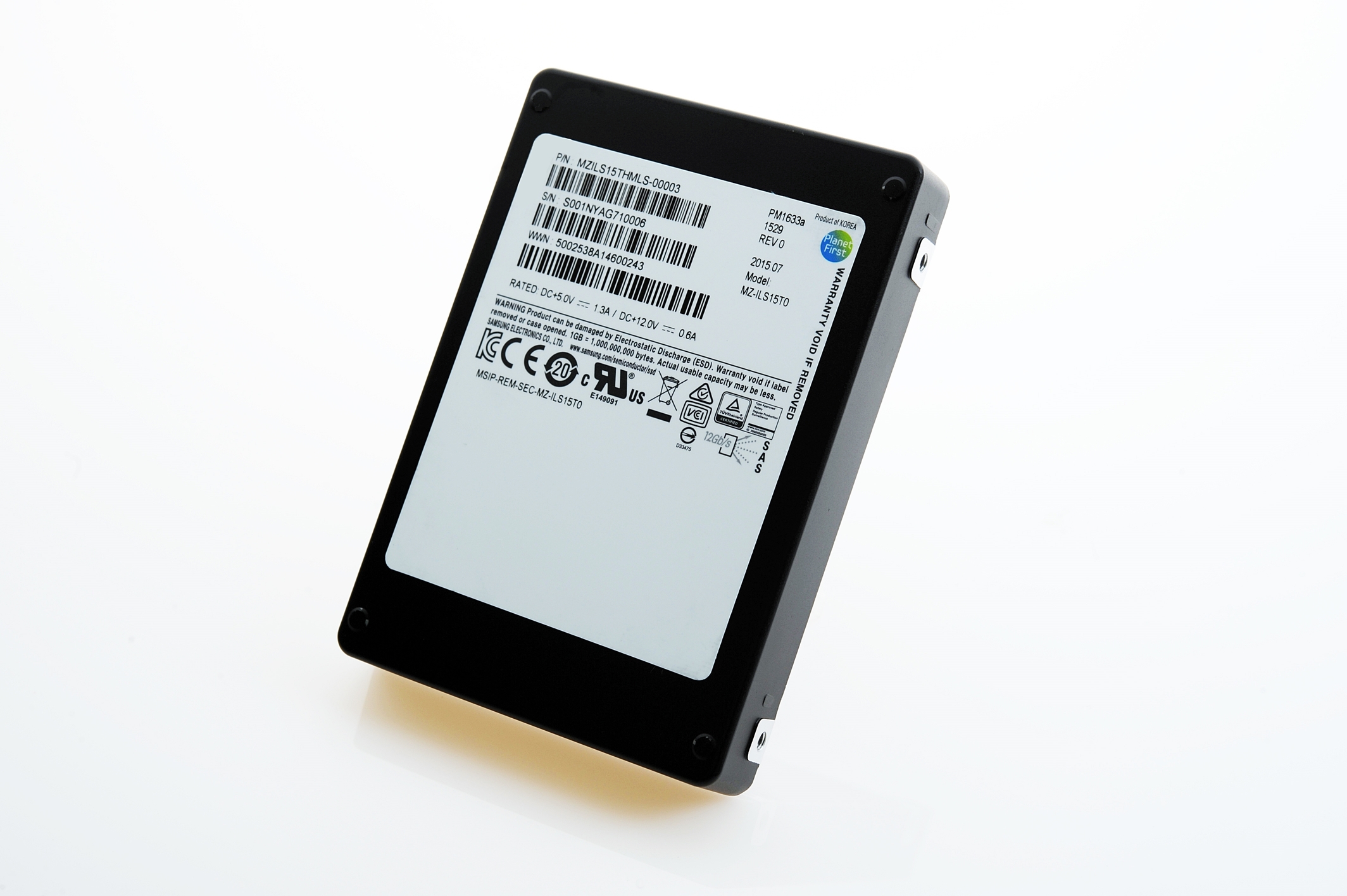
Samsung now shipping 15.36TB PM1633a SSD -- world's largest capacity solid state drive
Back in the 1990's, my first-ever computer came with a 4GB hard drive. At the time, this was absolutely massive -- my computer-literate friends told me I would never need a bigger drive in my lifetime. Obviously, this thinking was wrong -- 4GB is considered rather small for a flash drive nowadays. Heck, when it comes to technology, never believe anything is "good enough", or that things won't get better and faster.
Today, Samsung begins shipping an SSD that makes large HDDs looks worthless by comparison. You see, the PM1633a is the world's largest solid state drive, with a capacity of 15.36TB! No, you aren't dreaming -- this is real.
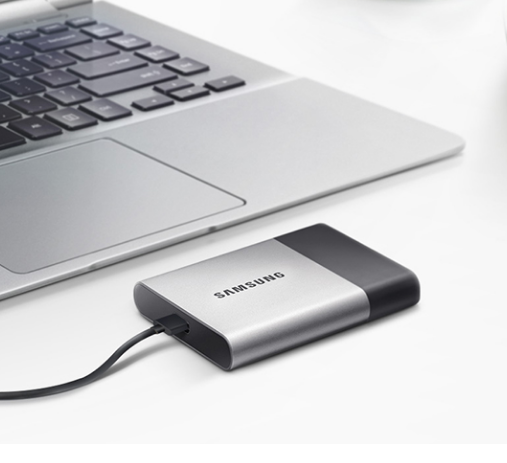
Samsung Portable SSD T3 finally here -- up to 2TB capacity and USB Type-C
While some people decry the use of cloud storage as unsafe, I love it. All of my important files get saved to Dropbox, so they are forever safe. With that said, I'm no dummy -- redundancy is key. I regularly mirror my online storage to a portable USB hard drive just in case. This is important for backup purposes, but it also helps me retain some control over my data.
Portable hard drives are great, as they can be connected to both desktops and laptops. Unfortunately, many of them are bulky and utilize mechanical HDDs, making them potentially slow, hot, or vulnerable to bumps and jitters. When Samsung introduced its Portable SSD T3 at CES 2016, I knew I wanted one to store my files. Today, this beautiful feat of engineering and design becomes available to consumers.
